002NAGORI
The warm feel communicated by skin.
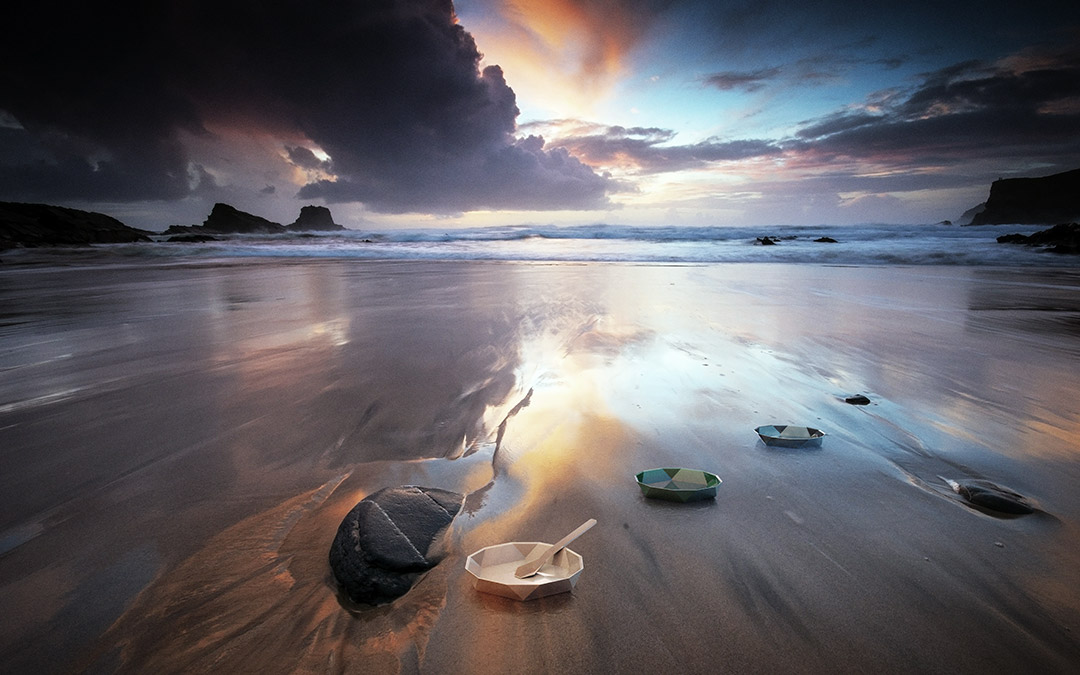
CONCEPT
Imagine small pieces of seashells and coral left over after the tide has receded. Our ancestors called this faint lingering emotion NAGORI, for traces of things left behind.
Then imagine a plastic material with a completely new texture made from seawater. You may understand how it feels.
<Material>
NAGORI™(Thermal Conduction Polymer)
This innovative plastic is made with mineral components extracted from seawater using Mitsui Chemicals’ state-of-the-art compound technology. This plastic has good thermal conductivity and ceramic-like texture which overturns preconceptions of plastics.
<Horizons of Material>
- ● Compounds are made with advanced technology which mixes resins to modify them for new properties and functions.
Mitsui Chemicals compound technology contributes to light-weight automobiles. - ● Now Mitsui Chemicals has used this technology to create plastics with a ceramic-like texture and good thermal conductivity.
- ● Ceramics shrink about 20% when fired, so making size design difficult.
Unlike ceramics, plastics make edge contours and different interior / exterior surface texture design easy. - ● MOLp™ will expand the horizons of “monozukuri” through the “processing” of plastics together with the “warmth” of natural materials.

Reference
A competition on ideas for using NAGORI™
Mitsui Chemicals organized the Concept Material NAGORI™ Idea Contest 2017 together with JDN Inc. to invite ideas for utilizing the characteristics of NAGORI™ concept material from a variety of entrants, ranging from professional creators to general entrants.
Creative Partner
Manabu Tago
President, Art Director and Designer, MTDO

Manabu Tago is currently involved in providing comprehensive design from conception to manufacture in a diverse range of industries as well as creating new values for society. Also he teachs at Keio University, Tokyo Zokei University, Tokyo University of the Arts, and Kumamoto University.
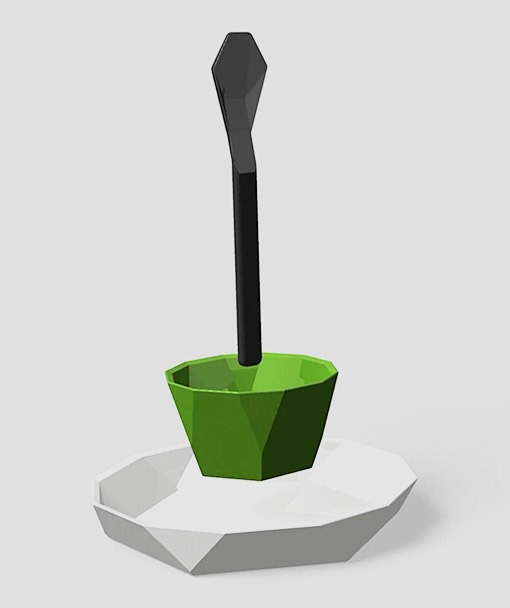
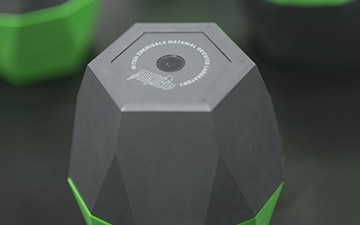
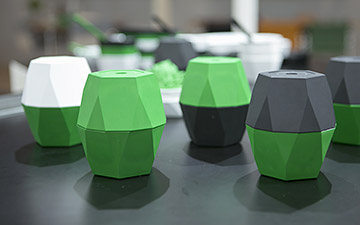
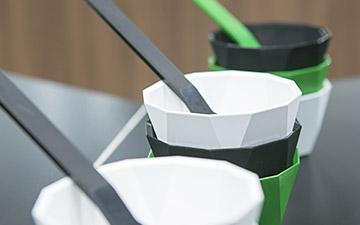
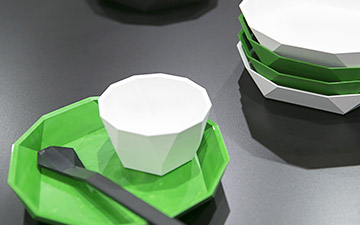
Japanese chemical companies, like Mitsui Chemicals, have histories that span over a century. They own a significant share of the commercial material that is widely used around the world. Yet, this fact is not widely known. Researchers need to be more proactive in increasing possibilities to realize their full potential and make breakthroughs to higher dimensions.
That is the aim of MOLp™.
When considering design from the aspect of “lifestyle”, I always wanted to approach it from the standpoint of “material”. I am confident that creative development not relying on market trends will lead the way to new discoveries that will change the future.